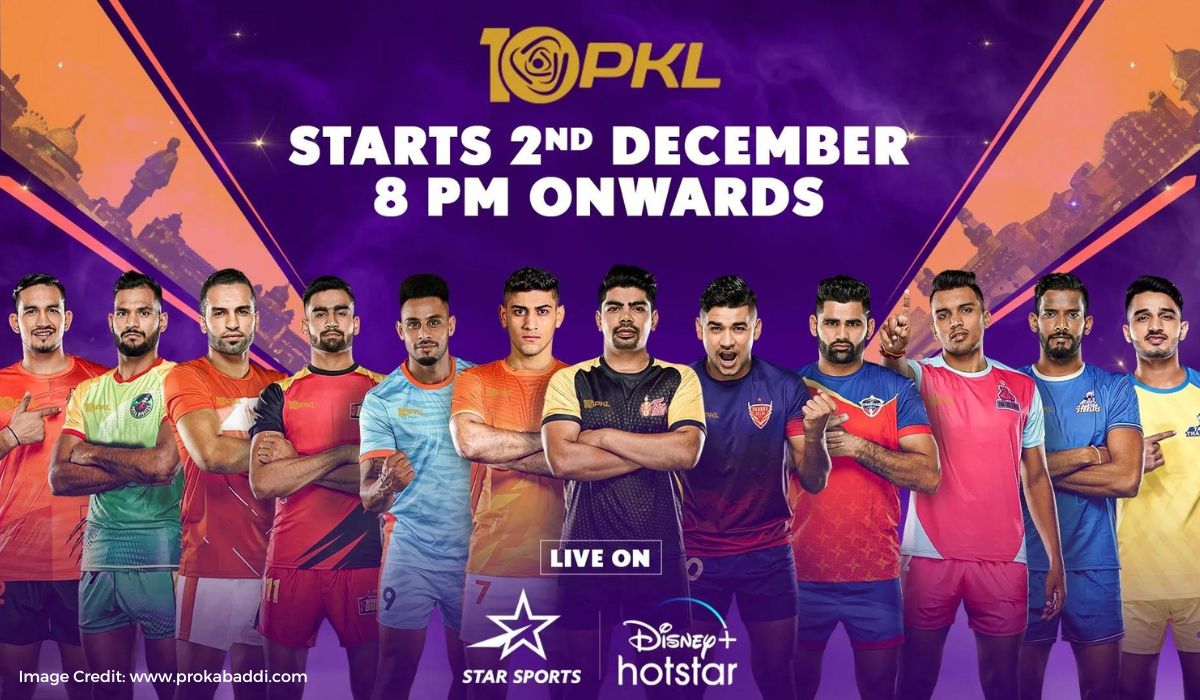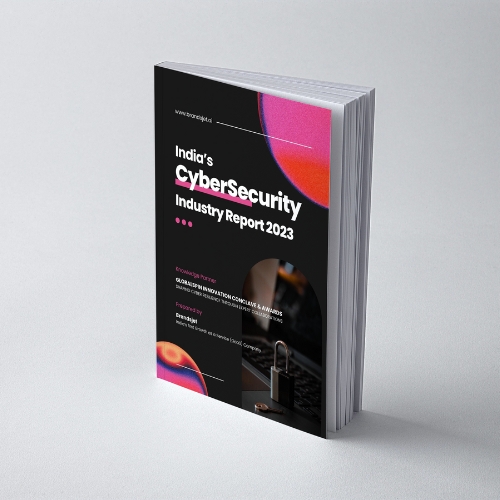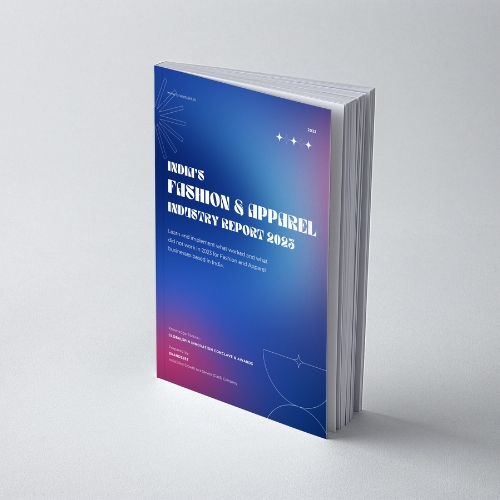In 2014, a revolution quietly began in the Indian sports arena, not on the cricket pitch, but on the kabaddi mat. This was the year the Pro Kabaddi League (PKL) was launched, an initiative that would transform an age-old sport into a national sensation. As I delve into the story of PKL, it’s a narrative of innovation, growth, and the reimagining of a traditional sport.
The Visionaries Behind the League
The seeds of this transformation were sown by Mashal Sports Pvt. Ltd, co-founded by Anand Mahindra and Charu Sharma in 1994. Their vision was clear: to elevate kabaddi to an international standard. This vision was shared and supported by the broadcasting giant Disney Star, which helped bring the sport into the living rooms of millions. The inaugural edition of PKL in 2014 marked a turning point, not just for kabaddi but for Indian sports broadcasting.
Expanding Horizons
The expansion of PKL has been nothing short of phenomenal. In its fifth edition, the league added four new teams – Gujarat Giants, Haryana Steelers, Tamil Thalaivas, and U.P. Yoddhas. This expansion made PKL India’s largest sports league in terms of geographical representation and the number of teams. It was a bold move that paid off, intensifying the competition and enhancing the excitement around kabaddi.
Pro Kabaddi League Season 10 Highlights
As we approach Season 10, the excitement is palpable. The league is returning to its home-and-away format for the first time since the pandemic, and the anticipation among fans and players is sky-high. Teams like U Mumba are witnessing a 60% increase in brand sponsorships, a clear indicator of the league’s growing appeal.
Brand Engagement and Economic Impact
The economic impact of PKL is significant. Brands, especially those targeting audiences in tier two and tier three cities, are flocking to the league. Investment in sponsorships is soaring, with some brands committing up to Rs 2.5 crore. This surge in brand engagement is not just about numbers; it reflects a deeper shift in how brands view sports marketing in India.
Impact of Pro Kabaddi League on Indian Sports
With a viewership of 222 million in its last season, PKL stands as the second most-watched sports league in India, trailing only the IPL. This 17.5% increase in viewership from the previous season underscores the league’s growing popularity. It’s a testament to how PKL has captured the imagination of the nation, transcending the urban-rural divide.
Team Strategies and Innovations
Teams in PKL are not just playing kabaddi; they are redefining sports marketing. Take Puneri Paltan, for example. Their focus on social media, fan engagement, and influencer marketing is a blueprint for how sports teams can amplify their reach and connect with fans in the digital age.
Brand Sponsorships in the Pro Kabaddi League
The story of brand sponsorships in PKL is a fascinating one. From traditional sectors like cement and fertilizers to modern industries like EV and gaming, the league has attracted a diverse range of sponsors. This shift not only highlights the league’s wide appeal but also its potential as a lucrative platform for brand visibility and engagement.
The Future of Kabaddi
Looking ahead, the league is not just resting on its laurels. There’s talk of starting a women’s version of the league, a move that would further elevate the sport. The success of PKL has shown that there’s a vast, untapped potential in traditional sports when they are repackaged and marketed with a modern twist.
The Pro Kabaddi League is more than just a sports league; it’s a cultural phenomenon that has redefined the landscape of Indian sports. It has shown that with the right mix of vision, innovation, and marketing, even a traditional sport like kabaddi can become a national obsession. As we gear up for Season 10, one thing is clear: the kabaddi mat is set for more thrilling action, and the nation is ready to cheer. The story of PKL is not just about sports; it’s about the power of transformation and the endless possibilities that lie within the realms of passion and innovation.




